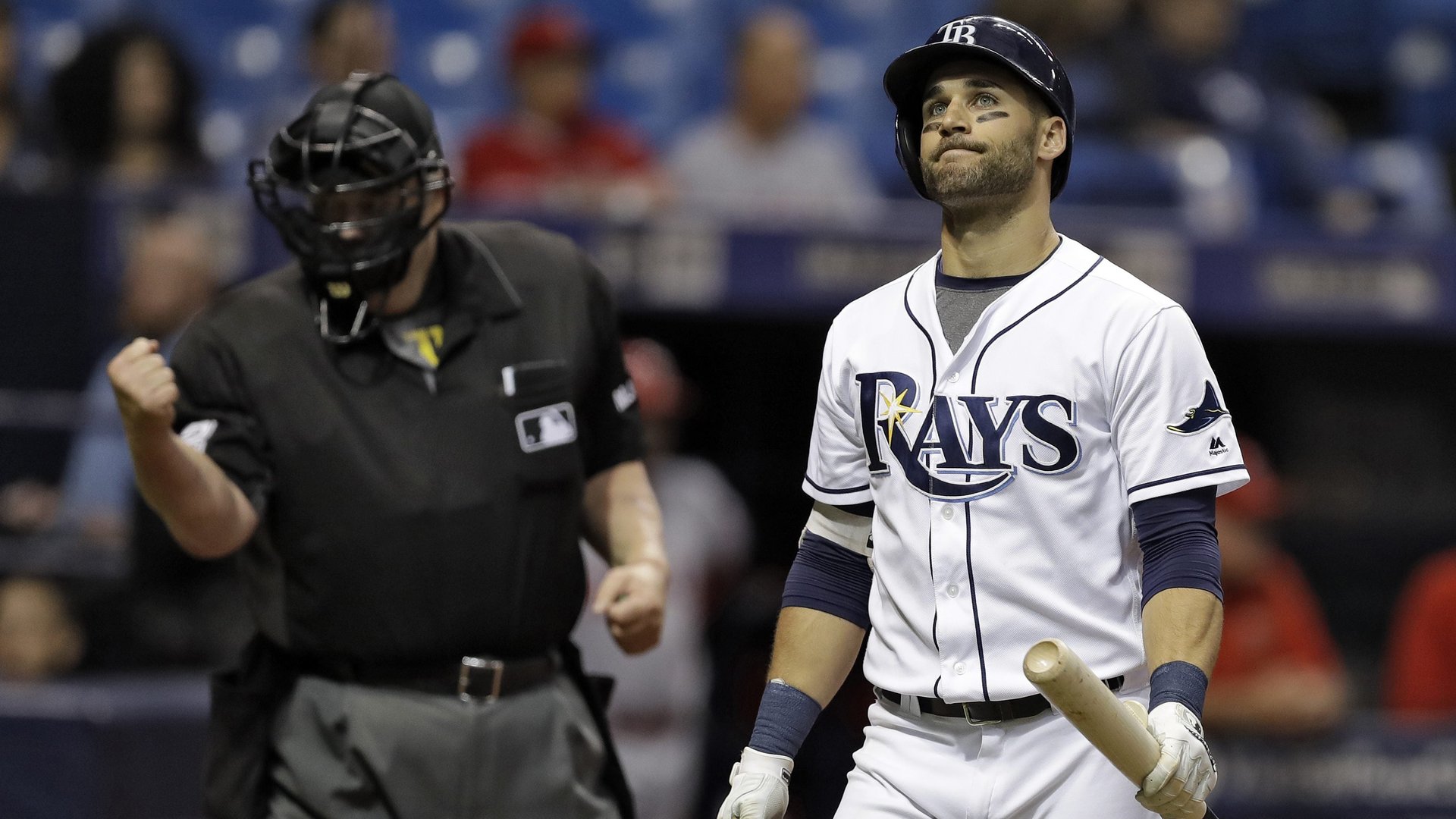When robots call balls and strikes, who will baseball fans yell at?
Major League Baseball played its 87th All-Star Game July 11, and as in every previous one, balls and strikes were called by a human umpire. Within a few years, that may be as be much a relic as flannel uniforms and electric bullpen carts.


Major League Baseball played its 87th All-Star Game July 11, and as in every previous one, balls and strikes were called by a human umpire. Within a few years, that may be as be much a relic as flannel uniforms and electric bullpen carts.
Replacing umpires with robots has long been a dream for fans and players who chafe at erratic strike calls, but only recently has technology advanced to the point where it’s a realistic possibility. Major league baseball employs fewer than 100 umpires, but they may become one of the most visible casualties of the automation revolution.
All major league stadiums are now equipped with cameras to track pitch speed and location, and they’re accurate to within half an inch, according to Sportvision, the company that makes the equipment. A system for calling balls and strikes has already been tinkered with in the minor leagues, and although commissioner Rob Manfred says the technology isn’t ready yet, he acknowledges the day is coming.
“At that point in time, we’re going to have to answer a really fundamental question as to whether we want to change the game by removing the human element associated with a home plate umpire calling balls and strikes,” he told the Associated Press earlier this year. “I don’t take that as a frivolous decision.”
Some players are pushing for faster adoption, as part of a negotiated bargain with baseball’s management, which wants to speed up the game by introducing new rules, such as a giving pitchers a fixed time to throw. According to ESPN’s Buster Olney, that could happen as soon as next year.
The changes are coming just as baseball has started to better understand the subtle negotiations between umpires, pitchers, catchers, and batters that shape the strike zone with each pitch. Baseball’s rules say the strike zone is the width of home plate, and spans from bottom of the batter’s knees to “the midpoint between the top of the shoulders and the top of the uniform pants,” but it’s a constantly shifting target. Pitch framing, the technique by which catchers shape the strike zone by positioning their gloves, has become a quantifiable skill, and the best, like San Francisco’s Buster Posey, can save their team 27 runs more than the average catcher over the course of a season.
Baseball purists lament that technology will make pitch framing obsolete—a robot can’t be fooled by a slight of hand—and that removing umpires will eliminate the human drama that produces some of baseball’s most memorable—and embarrassing—episodes. But like other sports, baseball already uses instant replay to review close calls, and technology is now used to check goals in hockey and soccer, and whether shots in tennis are in or out of bounds.
Most of life is messy and imprecise, but sports don’t have to be. Rules exist to ensure fair play, and they should be enforced to the best of our ability. In sports, we celebrate the perfect game and the perfect season. We can aspire to the perfect call, too.